Your cart is currently empty!
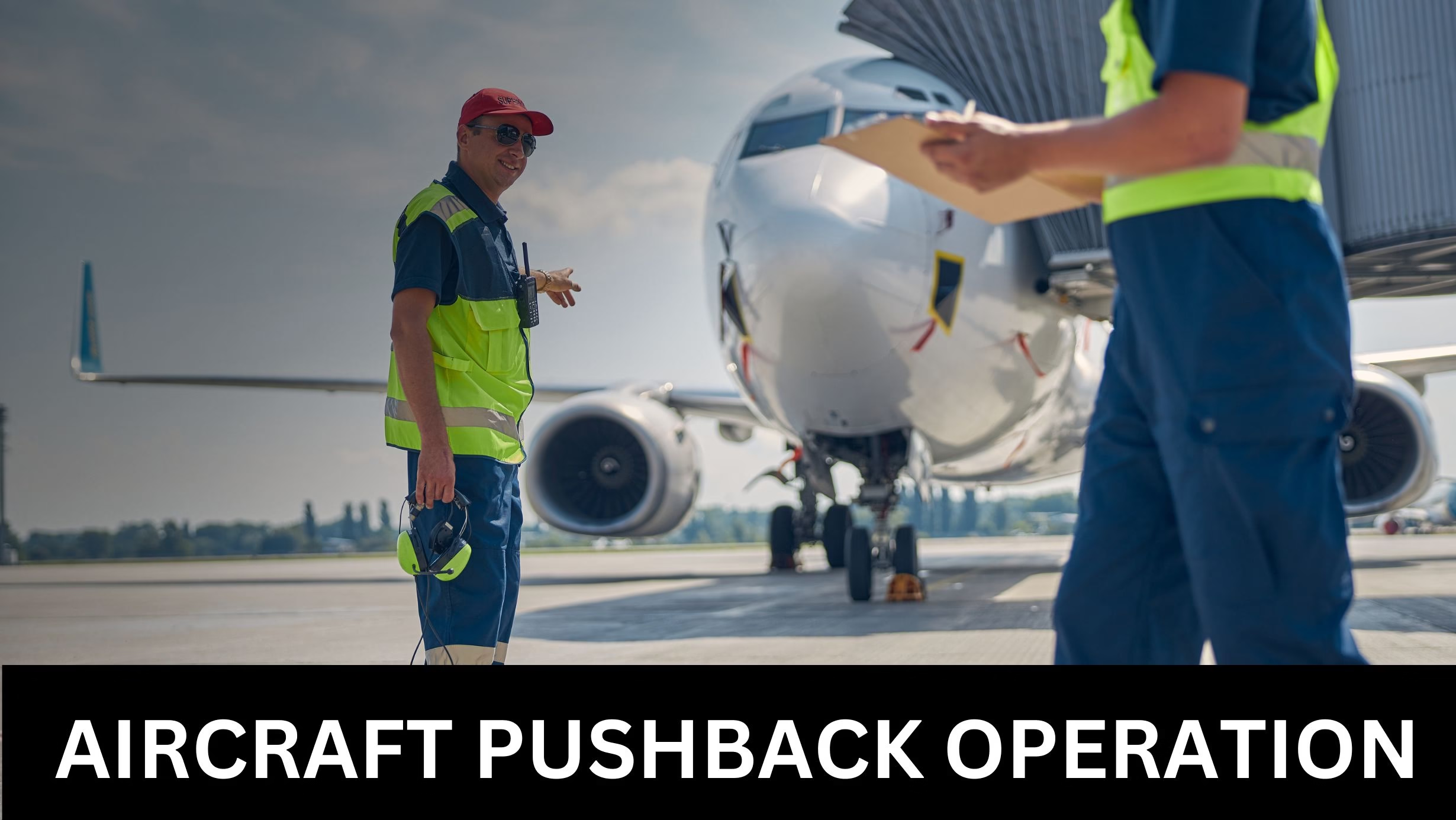
How Aircraft Pushback is Performed?
Pushback Operation
Most aircraft cannot move in reverse without the help of aircraft towing equipment as they are not designed with a reverse option that pilots can use for backward movement. Pushback is a procedure in which an aircraft is parked in such a position that it has to be pushed backward away from its parking position to make it possible to move further at its own power. It is a generic term and also combines the function of pull forward, as sometimes aircraft is desired to pull forward till a particular position to move further at its own power.
Pushback vehicle/equipment
Push back vehicle or equipment is also known as a tow tractor, Push back tractor, or Tug. These are of various types and power used according to the type and takeoff weight of the aircraft. Pushbacks / pull forward are carried out by special, low-profile high-power vehicles /equipment.
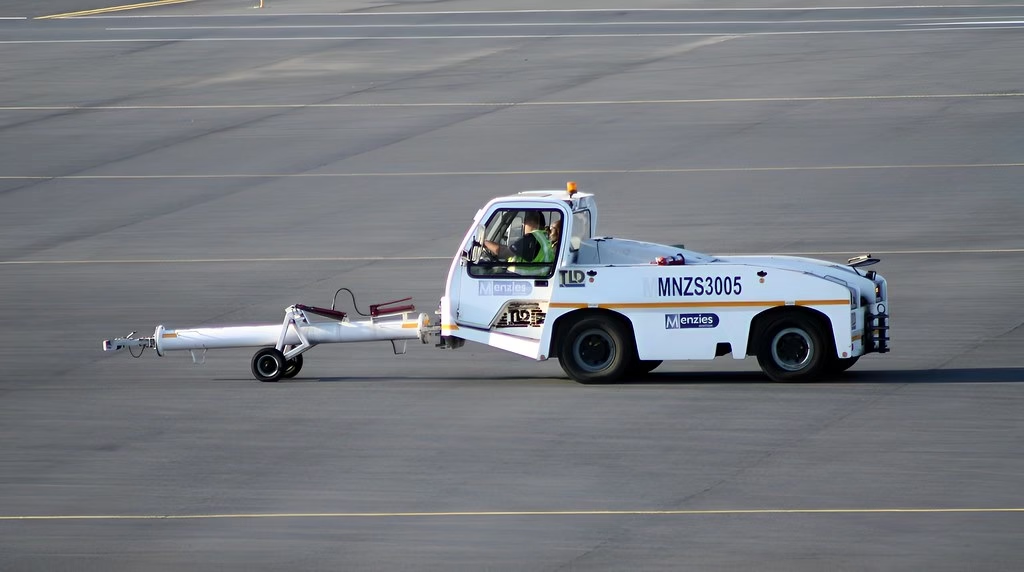
Pushback & Headset Operator
Pushback vehicle/equipment operating staff are specially qualified/licensed/authorized for the task according to the type of aircraft and specifically authorized to exercise the privilege of their authorization as per local airside regulatory rules and procedures in line with aircraft/airline operating procedures. It is a complex process, the headset operator must exercise extreme caution and be constantly aware of his position relative to the aircraft, its movement, and position himself accordingly. The headset man must also ensure that the interphone cord remains clear of moving aircraft and ground equipment. Verbal communication with flight crew is established through an interphone system. Use of hand signals without any headset communication be only conducted in exceptional cases.
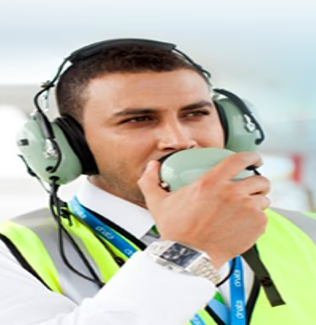
Connect the Headset to the Flight deck
If the headset is aircraft-powered, a single 6-pin plug inserted into the 6-pin connector provides the headset with aircraft power and intercom audio. Adapters are available to convert a 6-pin connector to a dual G/A plug for additional connection flexibility. Communicate with the flight deck, in case of no reply from the Cockpit crew wait for a while and press the call button.
Headset operation procedures (Arrival)
- Prior arrival of an aircraft ensure that staff deputed on headset operation get all the flight details. Be available on a stand with a Serviceable headset.
- Wait outside ERA until the aircraft comes to a complete stop. Approach from the aircraft nose to access the communication panel only after the beacon light is turned off and the engine has spooled down. Connect the Headset to the Flight Deck. Communicate with the flight deck, in case of no reply from Cock pit crew wait for a while and press the call button.
- If aircraft engines are not cut and the beacon light does not go off enquire the captain about the requirement. Ask Captain for any required services and Chocks on time details
Headset operation procedures (Departure/Engine Starts)
- Walk around aircraft when all ground servicing activities have been completed and doors are closed. Check that no visible damage is apparent after the completion of the loading process.
- Ensure the removal of any GSE engaged with aircraft and Re-engage the part as applicable.
- Make a final walk around ensuring all door and service panels are closed and secured.
- Once the aircraft is almost ready for departure, the headset operator will remain on the headset waiting for the Captain’s call.
- As the tug pushes back the aircraft, the headset operator will monitor and advise the pilot of any abnormalities and maintain communication with the pushback operator either verbal or visually to maintain control of any abnormal situation
Headset operation procedure for Aircraft Towing
The following requirements must be met for an aircraft Towing process.
- Ensure the aircraft breaking system is within the required pressure range.
- Ensure all gear safety pins and stowed as per SOP.
- Establish communication with the cockpit crew on the headset before any movement.
- Make sure wheel chocks are positioned at the end of the maneuver, prior to disconnecting a tow bar/tow tractor as applicable.
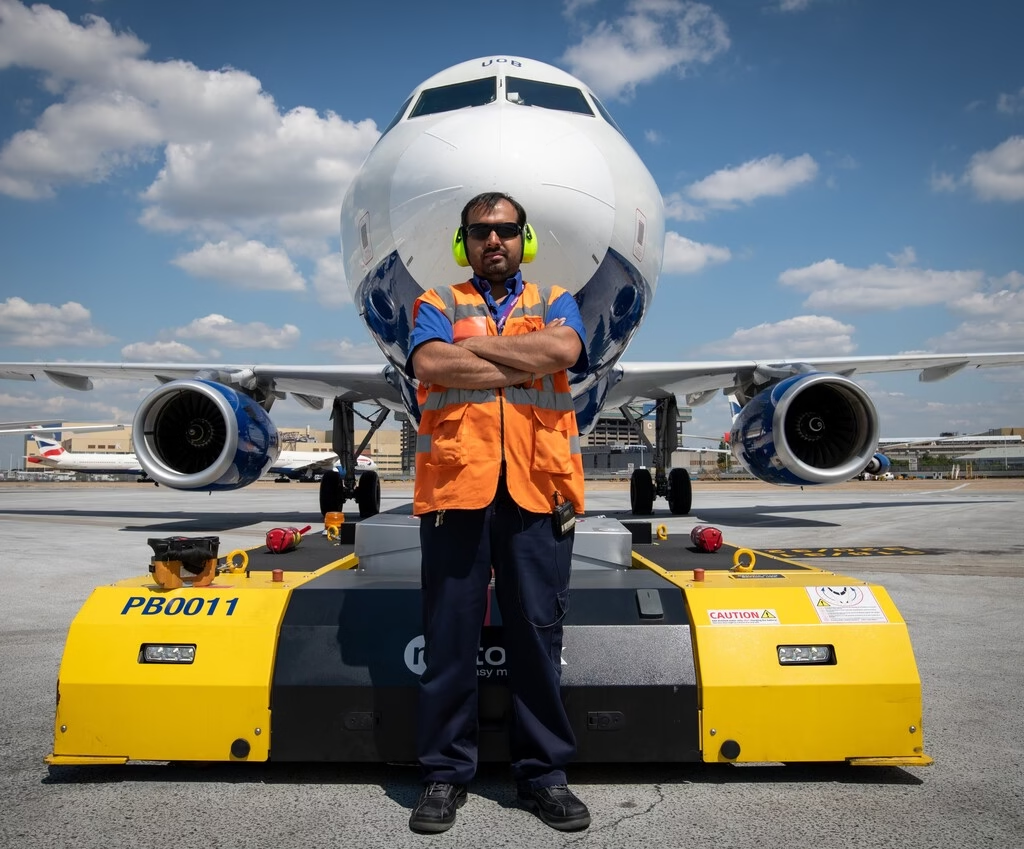
The pushback
The Pushback is a part of the aircraft ground handling (RAMP operation) process and is normally required in larger airports where an aerobridge is utilized or nose in parking is made or due to certain operation requirements it is needed to lead the aircraft on a taxiway. Except in rare instances when a plane can “power out” by its own from its parking location. A series of step-by-step accounts of how an airline pushback is achieved.
Pushback Process
A tug is needed to move the plane away from the terminal. A choreography of triggers and responses is used during every pushback.
- Before closing the door final passenger count is made and passengers seating according to weight & balance purposes is ensured. Closing of cargo and other services doors ensured.
- Before the pushback, the boarding door(s) need to be closed, and the jet bridge must be removed from the aircraft.
- After all the doors have been secured shut, the pilots run the before-start checklist.
- Activate the plane’s red beacon as part of the before-start sequence. This is a cue to the ground staff that the pilots are ready to get into contact with ground staff for the pushback.
- Ground crews normally connect a headset jack near the plane’s nose wheel and look for the release of the parking brake and steering disengaging.
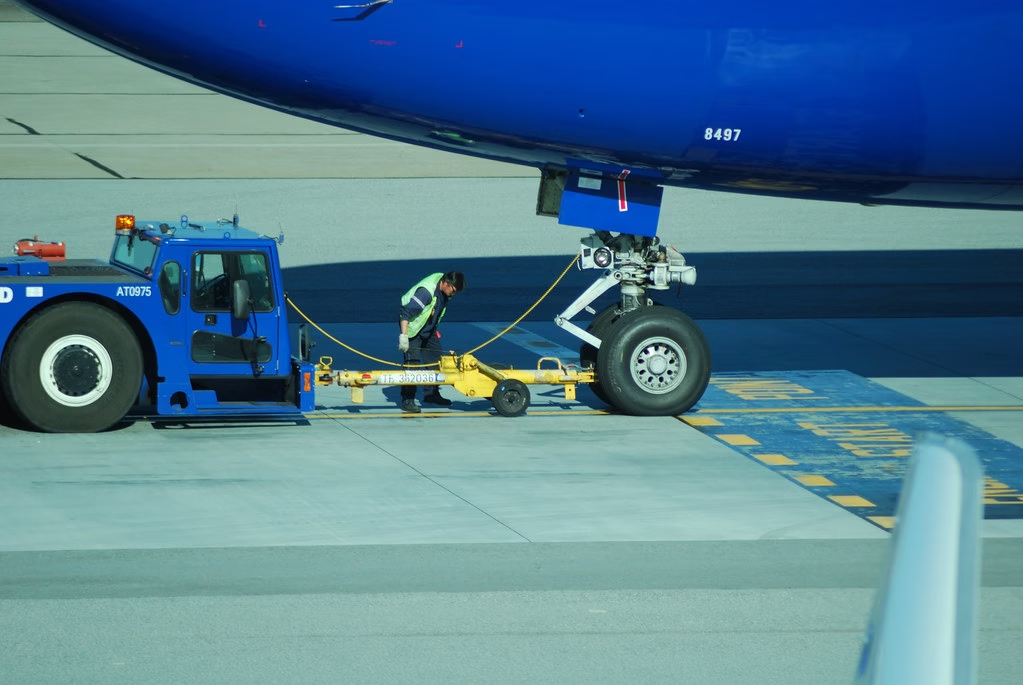
Starting the Pushback
With the headset, the push-back staff now has direct communication with the pilots. After the captain and ground staff have confirmed each other is ready, the first officer calls the ramp tower for clearance. This is usually phrased something like, “Push approved, tail east, call back for taxi.” This information is then relayed by the pilots to the tug driver. In the event that headset communications aren’t available, there are a series of standard hand signals that pilots and ground crew use to communicate this same information rudimentarily.
Engines are started during most (but not all) pushbacks. Some airports and airlines have policies that forbid engine starts during pushback for safety reasons. If the engines are allowed to be started during the push, the go-ahead is always given by ground staff. During most pushbacks, wing walkers with orange batons are present at both wingtips to ensure clearance.
Pushback Complete
The pushback staff requests the captain to set the parking brake after the push is complete. The captain does so and then clears the ground crew to disconnect and remove the tug. Policies differ by airline, but most ground crews stand in the pilot’s field of vision while disconnecting the ground equipment. Before walking away, the person who disconnected the headset and tow bar (if used) holds a pin or strap above their head for the pilots to view. Regardless of the method, this indicates that every external item used to push the aircraft has been removed and that it is safe for the pilots to taxi.
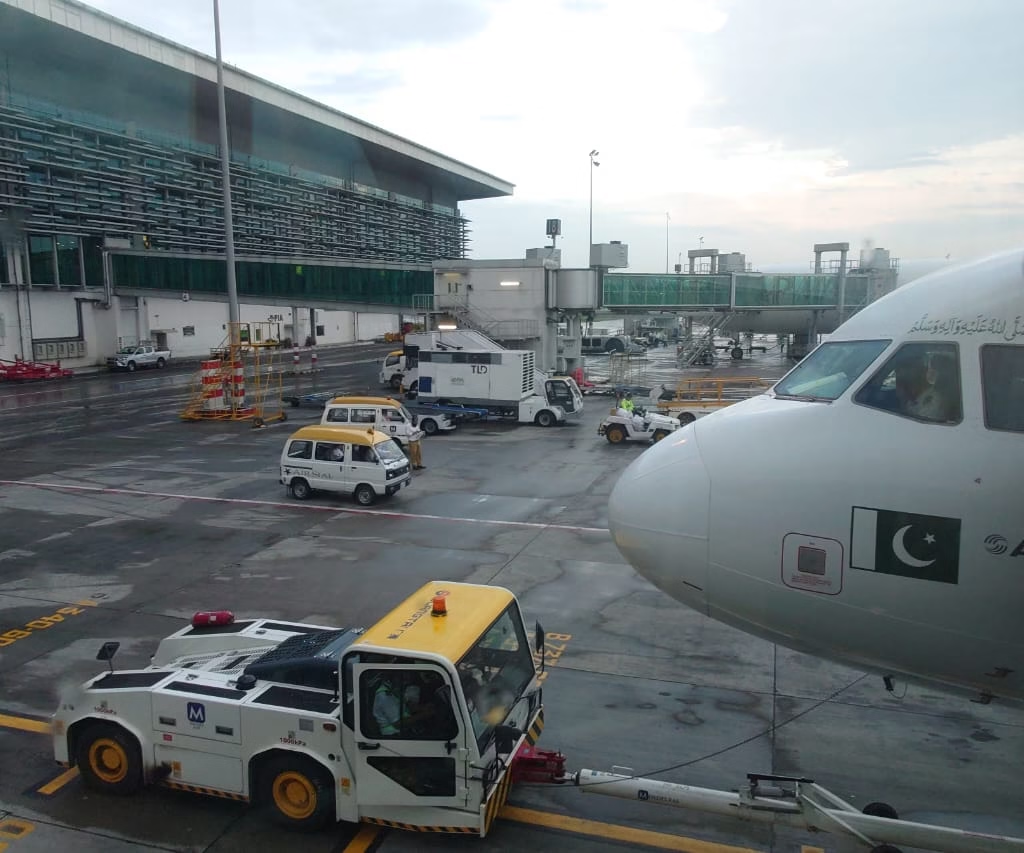
Written By: Zia ullah sheikh, FCILT (UK) Rtd. Senior Air Traffic Controller & Approved Flight Ground Instructor, CAA Pakistan
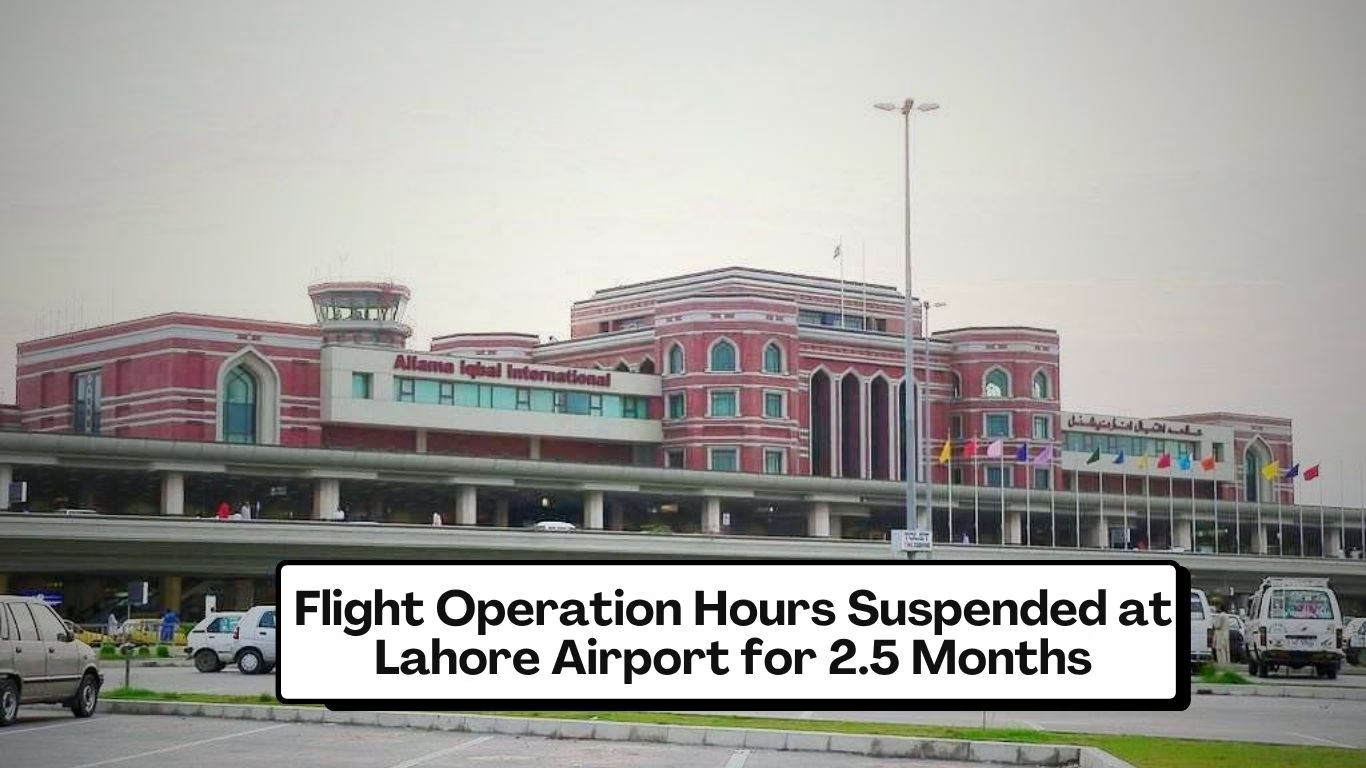
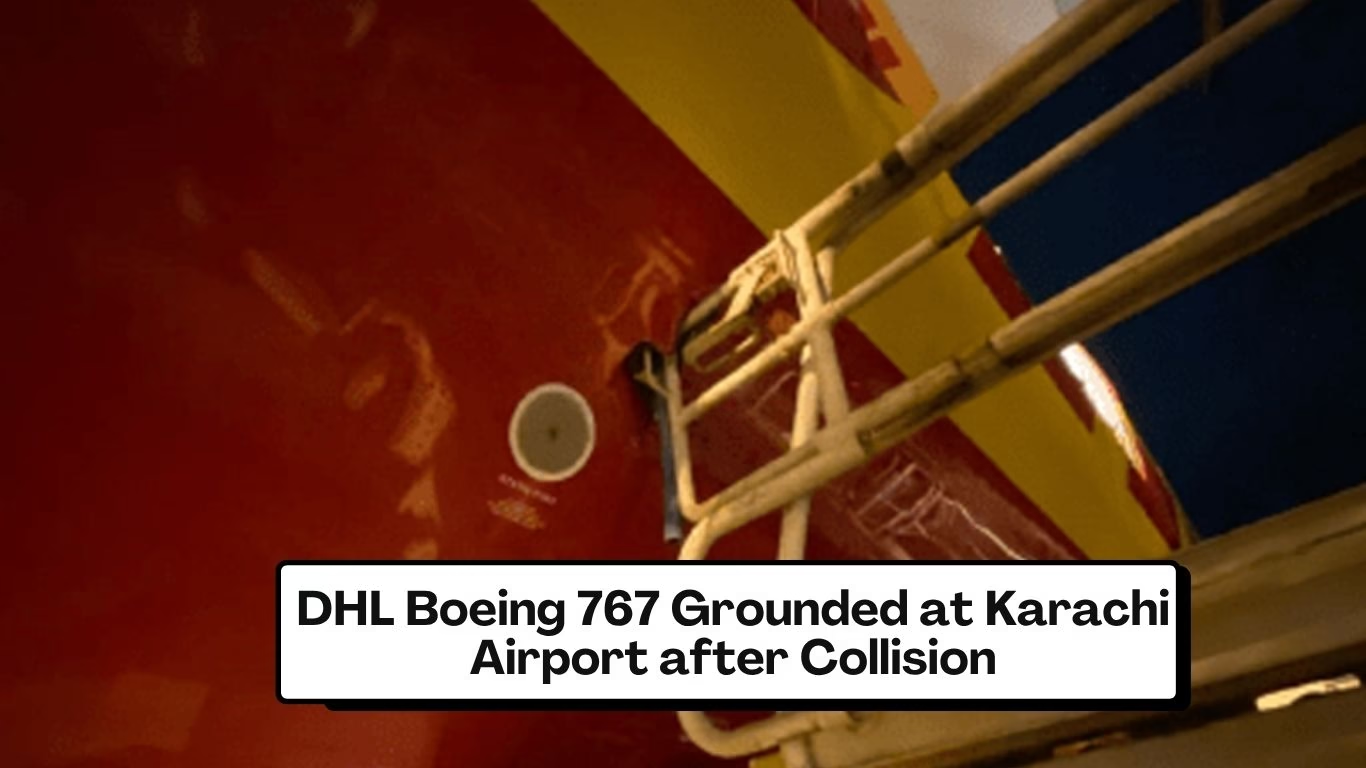
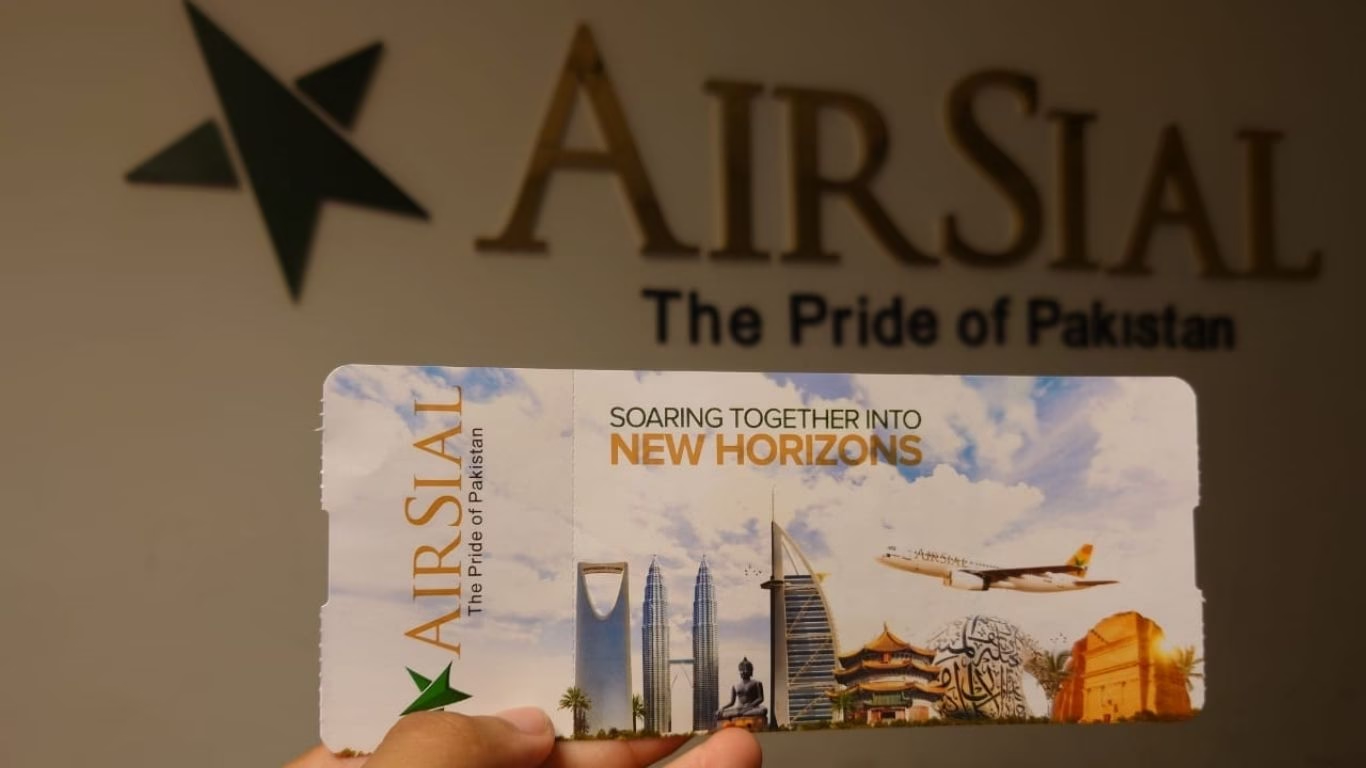
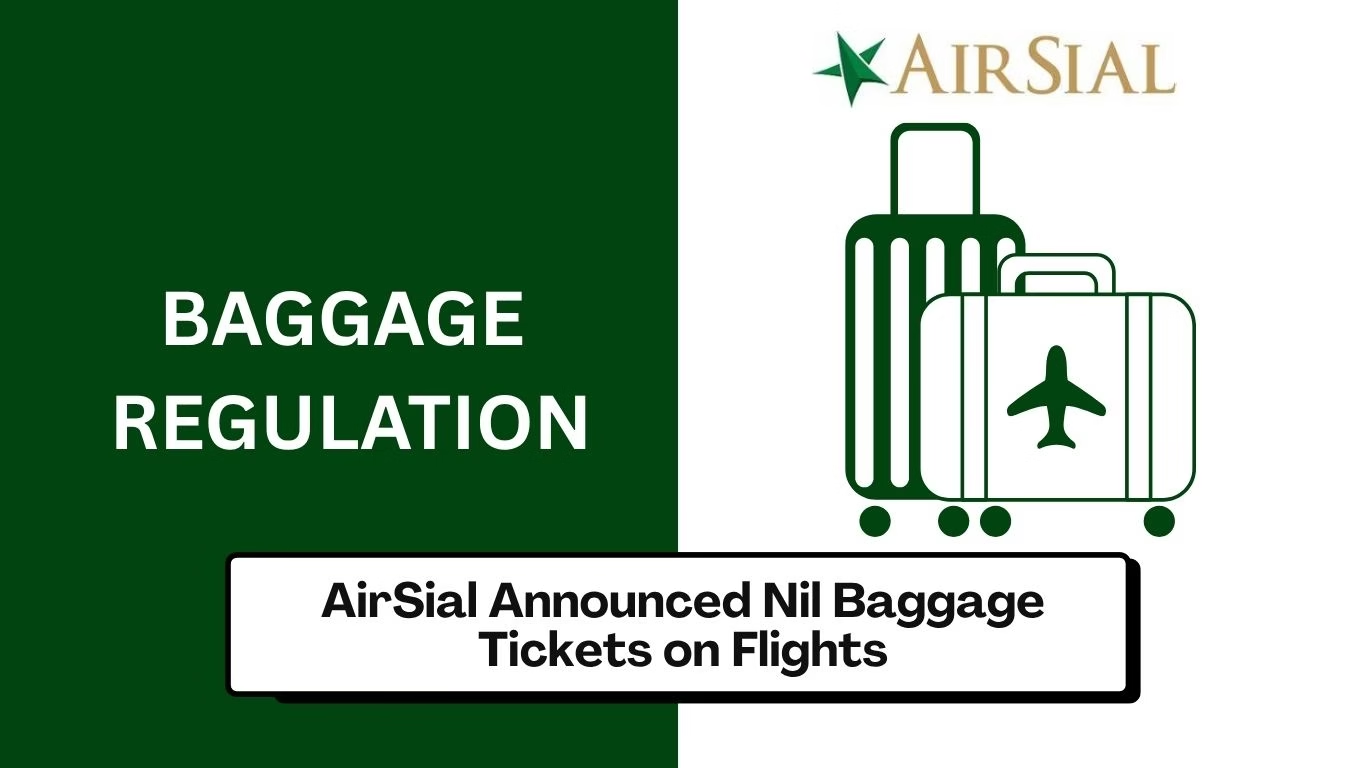
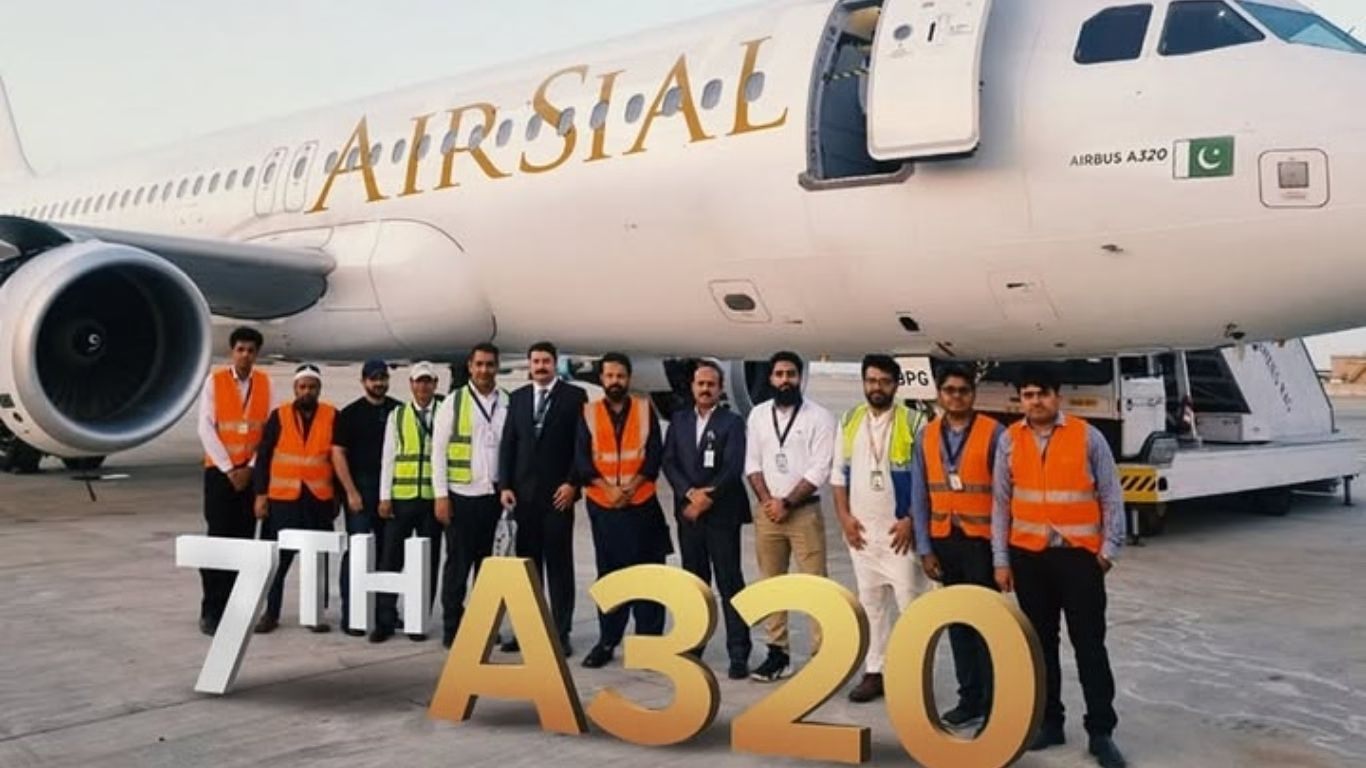
Leave a Reply